Table of content
Baozi, or Chinese steamed buns, are a beloved staple in Asian cuisine, celebrated for their soft, fluffy texture and versatile fillings. Whether filled with savory pork, sweet red bean paste, or vegetarian mixtures, the success of a baozi lies in its dough—specifically, how long it is steamed. Achieving the ideal balance between a tender crust and a fully cooked interior requires precision, patience, and an understanding of the science behind steaming. This article delves into the nuances of baozi dough preparation, exploring the factors that influence steaming time, techniques to ensure perfection, and troubleshooting common pitfalls.
The Foundation: Understanding Baozi Dough
Before discussing steaming times, it is essential to grasp the composition of baozi dough. Typically made from wheat flour, water, yeast, and sometimes baking powder or sugar, the dough’s formula directly impacts its behavior during steaming. The type of flour used—whether all-purpose, bread flour, or a lower-gluten variant—affects elasticity and rise. Yeast activates to create air pockets, while baking powder provides a quick secondary leavening boost. The hydration level (ratio of water to flour) determines the dough’s softness and ease of shaping.
A well-prepared dough undergoes kneading to develop gluten, followed by a resting period (proofing) to allow yeast to ferment. This process creates a light, airy structure that expands during steaming. However, even the perfect dough can be ruined by incorrect steaming times, leading to undercooked, gummy interiors or overcooked, tough exteriors.
Factors Influencing Steaming Time
The duration for which baozi dough is steamed is not a one-size-fits-all parameter. Several variables interact to determine the optimal time:
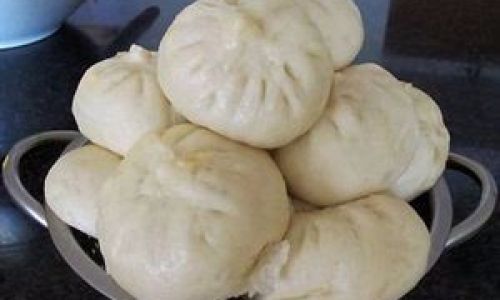
Size and Thickness
Larger baozi, such as those stuffed with generous fillings, require more time to cook through compared to smaller, bite-sized varieties. A standard 5–7 cm (2–3 inch) baozi typically needs 10–15 minutes of steaming, while oversized buns might need 18–20 minutes. The thickness of the dough wrapper also plays a role; thicker wrappers necessitate longer cooking to ensure the center is fully cooked without burning the exterior.
Filling Type
The density and moisture content of the filling affect heat conduction. Meat-based fillings, which often contain fat and connective tissue, require longer steaming to break down proteins and ensure safety. Vegetarian fillings, especially those with pre-cooked ingredients, may cook faster. For example, a pork-filled baozi might need 12–15 minutes, while a vegetable-only version could be ready in 8–10 minutes.
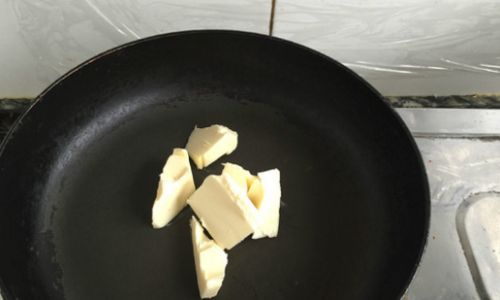
Steaming Equipment and Heat Source
The type of steamer—bamboo, stainless steel, or electric—impacts heat distribution. Bamboo steamers, prized for their porous structure that absorbs excess moisture, may require slightly shorter times due to efficient circulation. Electric steamers with consistent temperature control offer precision, while stovetop steamers need careful monitoring to prevent temperature fluctuations.
Altitude and Humidity
At higher altitudes, lower boiling points of water can lengthen cooking times. Similarly, dry climates may cause dough to dry out faster, requiring adjustments in steaming duration or the use of lids to trap moisture.
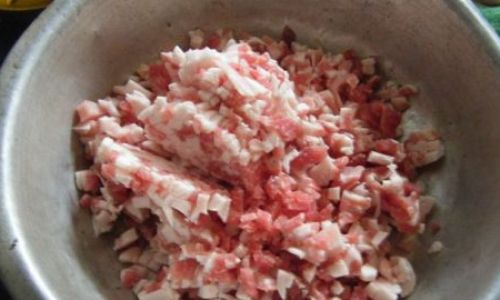
Dough Resting Time
Dough that has been adequately proofed (allowed to rise) before steaming cooks faster, as the yeast has already created air pockets that facilitate heat transfer. Under-proofed dough may remain dense, demanding longer steaming, while over-proofed dough could collapse if steamed too aggressively.
Step-by-Step Steaming Guide
To achieve flawless baozi, follow this structured approach:
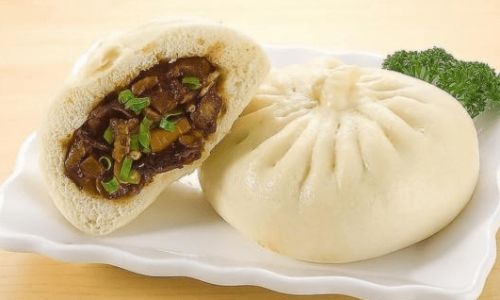
Preparing the Steamer
- Water Level: Fill the steamer with 2–3 cm (1 inch) of water. Excess water can boil over and wet the dough, while too little may evaporate mid-steaming.
- Lining: Use parchment paper, cabbage leaves, or a well-oiled steamer basket to prevent sticking. Avoid plastic liners, which can melt.
- Preheating: Bring water to a rolling boil before placing the baozi inside. This jumpstarts the cooking process and ensures even heating.
Arranging the Baozi
- Spacing: Leave 2–3 cm (1 inch) between baozi to prevent them from touching as they expand. Overcrowding leads to uneven cooking and deflated shapes.
- Layering: If using multiple steamer tiers, stagger the placement to allow steam circulation.
Steaming Duration
- Small Baozi (4–5 cm): 8–10 minutes.
- Medium Baozi (6–7 cm): 10–12 minutes.
- Large Baozi (8+ cm): 12–15 minutes.
- Frozen Baozi: Add 2–3 minutes to the cooking time.
Post-Steaming Care
- Resting Period: After steaming, turn off the heat and let the baozi sit in the steamer for 2–3 minutes. This prevents sudden temperature changes that could cause shrinkage.
- Cooling: Transfer to a wire rack to avoid sogginess from condensation.
Signs of Perfectly Steamed Baozi
- Visual Cues: The dough should appear smooth, glossy, and slightly translucent. Oversteamed baozi may develop wrinkles or a dull finish.
- Texture Test: Gently press the side of a baozi—it should spring back immediately. A dent indicates undercooking.
- Internal Temperature: Use a thermometer to check the core temperature; it should reach 90–95°C (194–203°F).
- Sound Test: Tapping the bottom of a baozi should produce a hollow, drum-like sound.
Common Mistakes and Solutions
Soggy or Gummy Texture
- Cause: Insufficient heat, overcrowding, or inadequate lining.
- Fix: Ensure water is boiling before steaming, use parchment paper, and maintain spacing.
Collapsed or Shrunken Baozi
- Cause: Oversteaming, sudden temperature changes, or under-proofed dough.
- Fix: Adhere to recommended times, rest baozi post-steaming, and proof dough until doubled in size.
Uneven Cooking
- Cause: Inconsistent steamer heat or uneven dough thickness.
- Fix: Rotate steamer baskets halfway through cooking and use a rolling pin to flatten dough evenly.
Sticky Dough
- Cause: Low-quality flour or excessive moisture.
- Fix: Use bread flour for higher gluten content and adjust hydration levels.
Advanced Techniques for Enthusiasts
- Hybrid Cooking Methods: For extra-fluffy baozi, some bakers par-steam dough before baking to create a crisp base.
- Sourdough Baozi: Replace commercial yeast with a sourdough starter for tangy flavor. Increase steaming time by 2–3 minutes due to denser crumb structure.
- Colorful Dough: Infuse dough with natural dyes (e.g., beetroot, spinach) and adjust steaming times slightly to account for added moisture.
Cultural and Regional Variations
Steaming times also vary across regional baozi styles:
- Shengjian Mantou (Pan-Fried Buns): Steamed for 5 minutes, then pan-fried for a crispy base.
- Xiaolongbao (Soup Dumplings): Steamed for 8–10 minutes to melt the gelatinous broth inside without bursting.
- Cha Siu Bao (Barbecue Pork Buns): Steamed for 12–15 minutes due to their larger size and dense filling.
Conclusion
Mastering the art of steaming baozi dough requires a blend of science and intuition. While guidelines provide a starting point, adapting to environmental conditions, equipment, and personal preference is key. Experimentation—documenting variables like dough hydration, filling type, and steamer wattage—will refine your technique over time. Remember, the goal is not merely to cook the dough but to transform simple ingredients into a culinary masterpiece that melts in the mouth. Whether you’re a novice or a seasoned chef, the journey to baozi perfection is as rewarding as the destination itself.
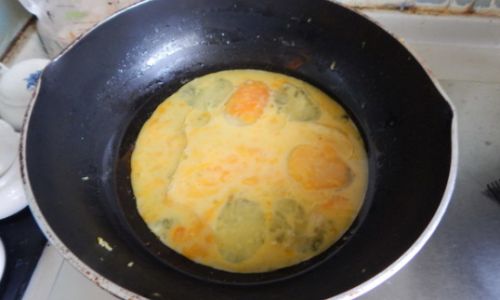
Final Tip: Invest in a quality steamer and thermometer, and embrace the subtle variations that make each batch unique. With practice, you’ll soon gauge the ideal steaming time by sight, touch, and aroma—the hallmarks of a true baozi artisan.
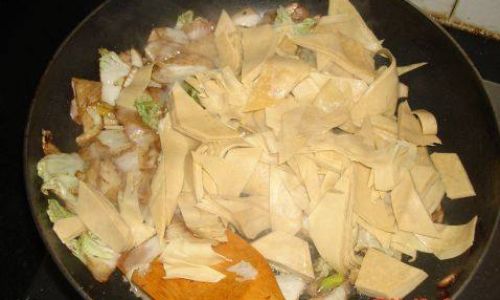
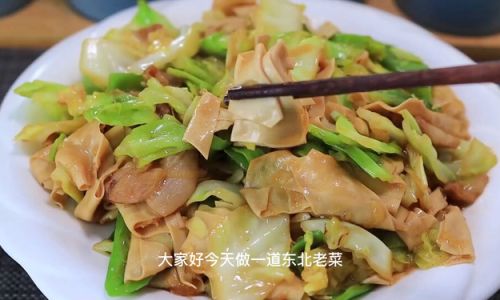


0 comments